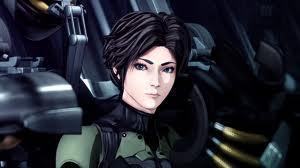What is CGI Animation?
CGI (Computer Generated Imagery) animation is the use of computers to generate motion based imagery. CGI animation is a sub-division of the animation and graphics domain. CGI animation is employed in a number of varied areas such as movies, web animation, amateur movies, architecture and so on. CGI animation is created through 3D and 2D computer graphics; 3D being used for more complex and time-consuming output and 2D for stylish yet simple output.
CGI animation uses the concept of frames to achieve the impression of motion. Multiple frames of the same image but with slight alterations or at different positions are placed together. Each frame is a whole image by itself. So as an animation is displayed, each frame is swapped by the other to provide the illusion of seamless and uninterrupted motion. The ideal rate for such animations is 24 to 30 frames per second.
The first instance of 2D CGI animation being used in motion pictures was in 1973 for the film ‘Westworld’ and its sequel ‘Futureworld’, was the first movie to use 3D CGI animation. The first film completely generated in CGI animation was Toy Story released in 1995. The implementation of CGI animation today has become quite popular with a number of films such as Jurassic Park, the Star Wars series, Independence Day, Gladiator, X-men and so on using it to great effect and acclaim.
CGI animation tools
Simple CGI animation can be created with the use of home computers and animation software. For example, with the help of popular animation software Adobe Flash, you can create simple animations, animated advertisements and other web based Flash elements. It also supports streaming of audio and video.
For movie and television based 3D animation, home computers do not have the hardware bandwidth to render and output such animations; high-end workstations are used for creating, rendering and outputting complex 3D animation. Workstations utilize as many as four processors and have in excess of 4 GB of memory. Such workstations are specifically built for optimal rendering and faster output. There a number of 3D software and special effects packages such as 3D Studio Max, Maya, Blender, Carrara, Cinema 4D, Hypershot and so on, that are used to create the magic of 3D animation. Apart from top-end workstations and 3D software packages, animators also use cutting-edge digital movie cameras, motion capture technology, editing software and other such aids for 3D animation.


Comments - No Responses to “What is CGI Animation?”
Sorry but comments are closed at this time.